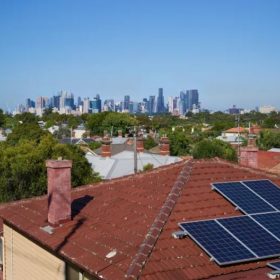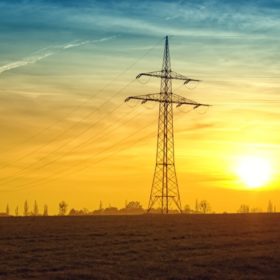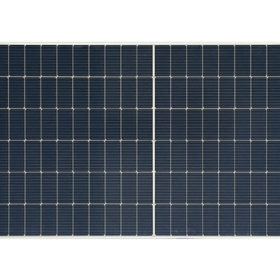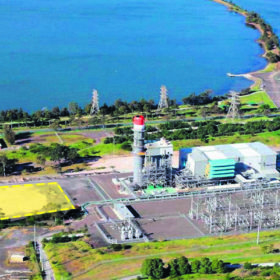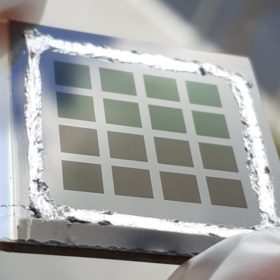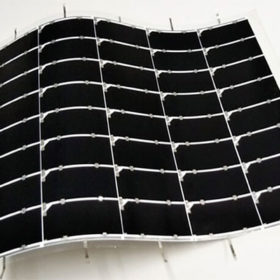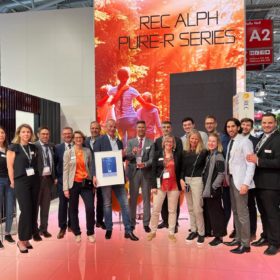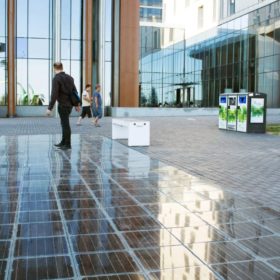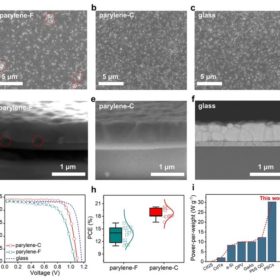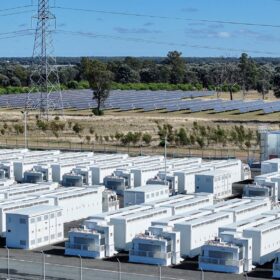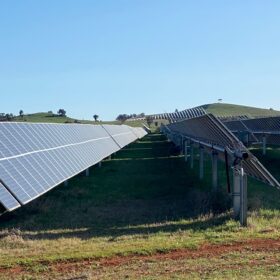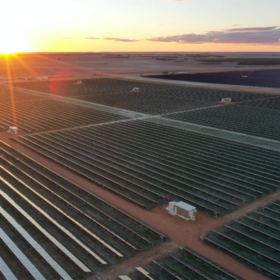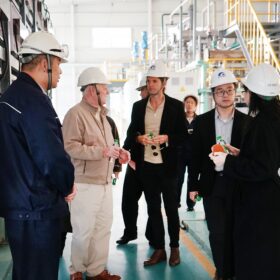Powercor plans community battery to boost rooftop solar
The rollout of rooftop solar in the western suburbs of Melbourne is set to get a boost with Victorian network service provider Powercor identifying the site where it will install a community battery that is expected to unlock more than 129MWh of solar PV hosting capacity.
NSW announces $1.2 billion investment in renewable energy
The New South Wales government has announced its single biggest investment yet in renewable energy infrastructure, committing $1.2 billion to fast-track priority transmission and energy storage projects as the energy sector continues its rapid transformation towards a decarbonised and decentralised future.
Solar highway noise barriers to be deployed across North America
Buildings-integrated photovoltaics maker Mitrex plans to deploy highway noise barriers with integrated solar that have 1.2 MW of capacity per kilometer. The technology is currently in the pilot phase at government entity locations in North America.
SDN launches 550W solar module with 21.28% efficiency
The Korean manufacturer launched a new bifacial module based on M10 wafers and is planning to produce bigger modules based on M12 wafers starting from the third quarter.
NSW calls for investor interest in Illawarra energy zone
The New South Wales government has invited registrations of interest from renewable generators, energy storage and network developers, and existing and proposed energy loads, to participate in shaping a renewable energy zone to be established in the Illawarra region on the state’s south coast.
Silver-alloyed CIGS solar cell with transparent indium back contacts, 12% efficiency
Scientists in Sweden have developed a wide-gap ACIGS solar cell with hydrogen-doped indium oxide (IOH) transparent back contacts and silver alloying to increase the absorber bandgap energy. The device achieved an efficiency of 12.0%, an open-circuit voltage of 835 mV, a short-circuit current of 22.1 mA cm2, and a fill factor of 65.2%.
Sharp achieves conversion efficiency of 32.65% in flexible, lightweight solar module
The new prototype uses a triple-junction compound design, which sandwiches the solar cell between layers of film. The module is expected to be used in a variety of vehicles, an application that demands high efficiency and lightweight construction. Its conversion efficiency bests that of a similar Sharp module developed in 2016, which notched an efficiency of 31.17%, at the time a world record.
REC: “Our future is in HJT”
While many solar manufacturers are as yet undecided about which PV cell technology they will choose for their next high efficiency expansions, for Singapore-based REC, the future is HJT. pv magazine spoke to Cemil Seber, the managing director at REC Solar EMEA GmbH at the Intersolar Europe 2022 trade show, to dig deeper into these manufacturing plans.
New solar module for pavement applications
Hungarian tech company Platio Solar has developed a new solar PV paving line featuring monocrystalline and polycrystalline cells with clear or opal glass.
Ultra-thin inverted perovskite solar cell with 20.2% efficiency
Chinese scientists have developed an ultralight solar cell with perovskite film based on a 3-µm-thick polymer. It purportedly has a power conversion efficiency in line with that of perovskite cells of conventional thickness.
